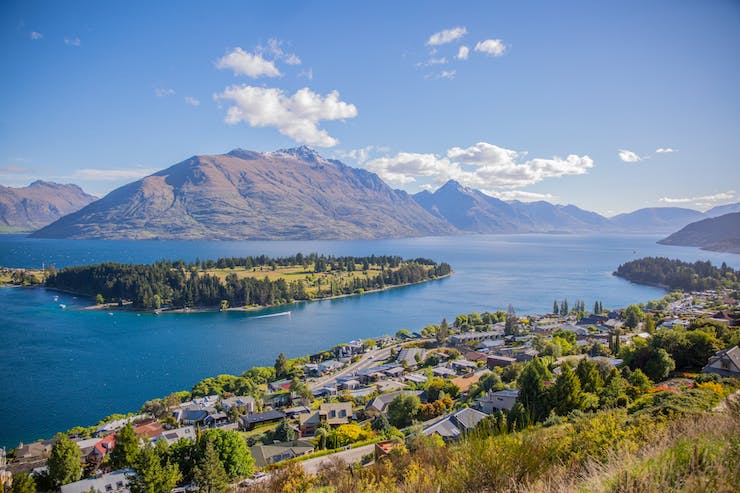
New Zealand is a small island off the eastern coast of Australia. Because of it’s remote location it was not settled by humans until exploring Polynesians discovered it between 1250-1300AD. This led to the island being able to develop a wide range of plant and animal life. Today, New Zealand hosts a population of 4.7 million people with an abundance of animal life, both non-threatening and pests. One of the biggest pests New Zealand has to deal with is the small, cute, wide eyed, furry possum. With a 16-18 day gestational period, the possum population has exploded to over 30 million and these creatures are wrecking havoc on the island’s natural biodiversity.
The nocturnal marsupials migrated over from Australia and have spread throughout the island. They love to eat plants and wild bird eggs. They have been doing so to the point of causing survival issues for the birds and plants that they eat. There are simply to many possums for the natural habitat to support. Pest control management services have had a hard time tackling the issue because tracking the possums can be very difficult. These creatures live in densely forested areas and only come out at night. These conditions make it hard to deal with them in an effective way. However, one company has come up with a seemingly plausible solution.
Established in 2010, Aeronavics is a company that specializes in aerial robotics solutions, drones. According to the New Zealand based company’s mission statement, “Our mission is to change the way the world works through sustainable intelligent aerial robotics solutions, aiming to increase efficiency, lower cost and increase safety in the industrial and professional market segments.” Their professional and industrial drones are being used in fields of agriculture, mapping and surveying, emergency services, media and broadcasting, and industrial inspections. They designed 3 customizable drones along with the needed accompanying software to meet any drone needs.
One such need that Aeronavics’s drones was able to fulfill was to help protect endangered rhinos from poachers in South Africa. The Tusk and Horn Wildlife Trust came to Aeronavics to create an anti -poaching solution. Poachers would typically hunt rhinos at night, making it difficult to track and apprehend them. Aeronavics came up with a drone that could fly for upwards of 45 minutes, handle high winds and other harsh weather connections, all while providing the controller with live high definition infrared night vision video. The program has proven to be very effective. Once the drone locates a possible poacher it can immediately notify the anti-poaching teams to the exact location.
Now back in their home land, Aeronavics wants to use a similar approach to battle the possum problem. They have upgraded the drone software a bit to make it more adaptable to the forested areas they need to patrol. The drones will still have an infrared night vision camera, and be able to fly for longer periods of time. They will now also be able to fly through a designated area autonomously and will be equipped with sensors that can detect possum feces and pheromones. This will allow the drones to track down where possum populations are most concentrated.
Once the drones have found high density possum nests the drones can drop a payload of poison that the possums are highly attracted to. In the past this poison has been spread more widely and with less precision. The problem with this is that many other animals are also attracted to the poison. With the use of drones, accidentally poisoning other species can be greatly reduced..
Aeronavics hopes to be deploying this program on a wide scale shortly. Right now the cost of the drone needed is $40,000, so they have entered negotiations with the New Zealand government to be an official participant in the country’s efforts to rid the island of invasive pests like the possum, stoats, rats, and wild cats. The country has stated that by the year 2050 that they hope to banish the island of such pests. Employing a program like the one designed by Aeronavics can save the government a lot of time and money compared to the traditional methods like using a helicopter to locate and spread poison.
|